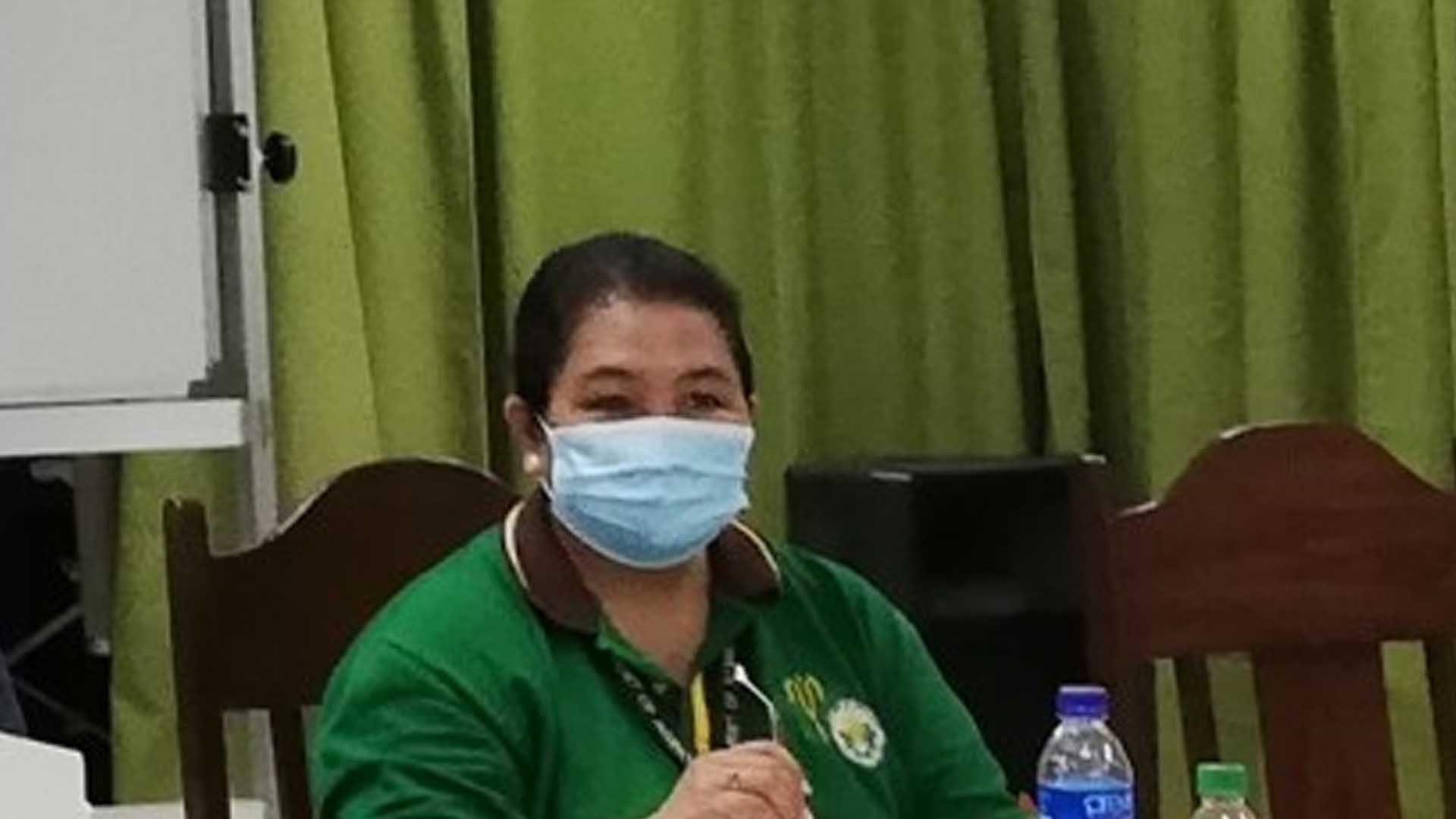Following the successful implementation of its big-ticket projects in Western Visayas, the Korea International Cooperation Agency (KOICA) is again eyeing another multi-million dollar project in the region.
Agriculture regional executive director for Western Visayas Remelyn Recoter said KOICA consultants were given one month or less to submit the concept paper for the proposed Smart Agriculture to be submitted to the KOICA office in Korea.
“Western Visayas is their favorite because we have previous projects like the rice processing center in Pototan and the Panay Island Sustainable Rural Development that established Bayanihan Tipon Center (BTC) and a local food terminal,” Recoter said in a phone interview Monday.
KOICA has also projects in hospitals and in the town of Concepcion in Iloilo. It is looking into projects if there is a good collaboration, she added.
The proposed Smart Agriculture is a five-year project that will run from 2022 until 2027. This concept, she said, also runs parallel with the vision and direction of Agriculture Secretary William Dar, which is on digitizing agriculture.
“Smart agriculture seeks to enhance productivity and increase profitability,” she added.
Hence, it will be implemented in areas closer to the demand center to include Aklan because of its Boracay Island; Iloilo, which is a hub for meetings, incentives, conferences, conventions, and exhibits (MICE); and in Negros Occidental.
The project will be in a form of a grant under the official development assistance (ODA).
Since it is a five-year project, it will be implemented in phases, the first of which is the preparatory phase.
Under this phase, the smart agriculture situation in Western Visayas will be assessed. They will also look into the Philippine situation and that of other countries, and try to fill in the gaps.
Based on the result, Recoter said they can come up with a roadmap, conduct capacity development of extension workers as well as lowland and upland farmers, establish smart agriculture in lowland and upland, and look into the value chain, packaging, and data generation on marketing.
It will also have a research component and commercialization of the technology and putting up an information and communication technology component.
Recoter is optimistic that the project will push through. (PNA)







